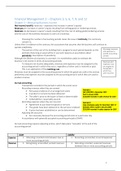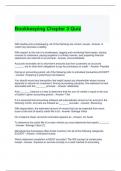Zusammenfassung
Financial Management 2 Summary - Chapters 3, 5, 6, 7, 9 and 12
- Kurs
- Hochschule
Summary of the Accounting Principles book, written by Needles, Powers et al. for the Financial Management 2 course in the first year of International Business and Management Studies / International Business. Chapters included are: chapter 3, 5, 6, 7, 9 and 12
[ Mehr anzeigen ]




